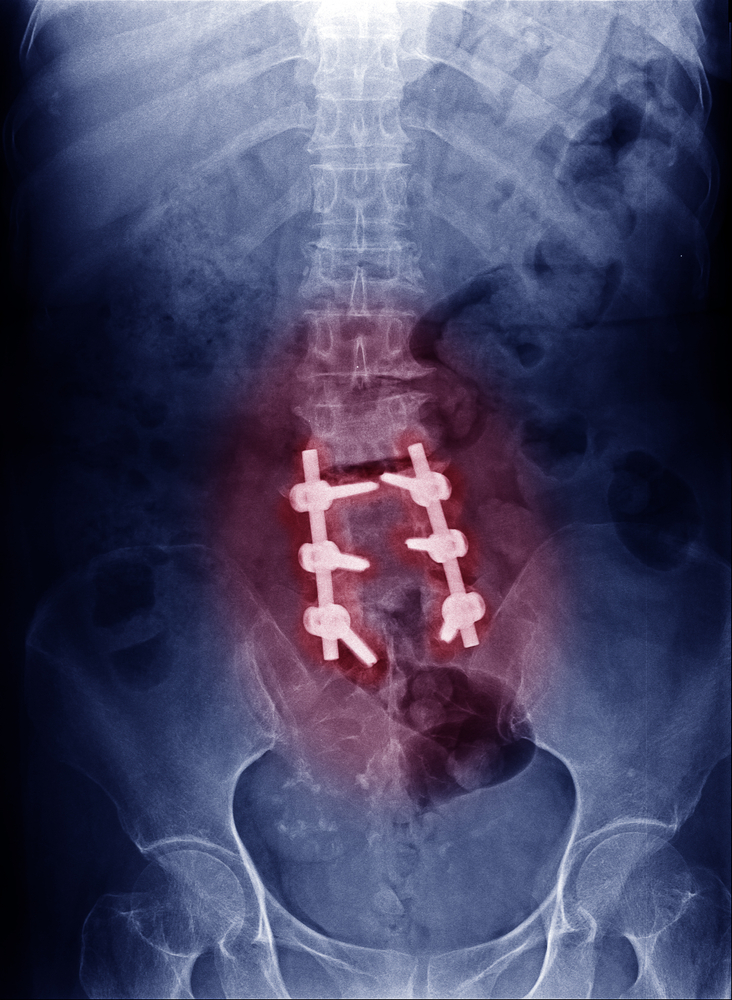Athletes who compete on the college-level are some of the strongest and best conditioned in the world. In the case of college football players, by the time he is charging out of the tunnel for his first collegiate kickoff, he has likely played the game for more than 10 years – from Pop Warner through high school – and has learned many techniques for avoiding injuries.
Given this physical strength, conditioning and training, one can imagine the complete shock and devastation Roderick Johnson, starting offensive tackle for the Florida Gators, must have felt when he learned the routine “stinger” he felt in his shoulders and arms was, in fact, much more serious. Johnson’s collegiate and possible NFL career came to an end this spring when he was diagnosed with congenital spinal stenosis.
Sadly, the spine specialists at Texas Back Institute have seen this condition all too often among athletes who compete in contact sports. Spine surgeon, Dr. Rey Bosita, explains this very serious condition.
Sometimes There are No Symptoms
This condition is made even more difficult to predict because sometimes the patient has no symptoms. Dr. Bosita explains.
“This is why this is such a difficult condition to treat,” he said. “Other times, someone can sustain a trauma from getting hit in a football, soccer or hockey game and they will start getting neck pains and ‘stingers’ where one or both of the arms get numb or have a lot of tingling in them.
In the case or Roderick Johnson, this condition had never shown itself in all of the pre-season physicals he had undergone and all of the games in which he had competed since he was a young boy. He had never had even a hint of the problem. According to the college sports magazine, SB Nation,
“Johnson did not report or show signs of any previous episodes of the condition prior to suffering a “stinger” on April 3 during a scrimmage. Johnson experienced numbness in his fingers and hands and did not participate in the final week of spring camp or Saturday’s Orange & Blue Debut.”
How can sometime so serious go undetected for so long? Dr. Bosita explains.
Some Continue to Play
“I have treated several athletes with spinal stenosis,” Dr. Bosita noted. “It’s a difficult discussion to have with the patient and with their parents because they have to give up football or other contact sports.”
“For the patients who enjoy other sports or activities, they are encouraged to do these things, rather than contact sports.
However, if football is a big part of their life, some of them will continue to play. At this point, it is very important for us as spine surgeons to make sure they are aware of the risks of what can happen if they continue to play,”
“The most catastrophic risk is the patient becoming paralyzed,” he said. “A lot of time the collisions in football are unpredictable and a player can get hit when they are in a vulnerable position. At that time an injury can occur which can potentially be devastating.”
“Unfortunately, there are no screening procedures for spinal stenosis,” he said. “It’s only when the patient begins developing ‘stingers,’ neck pain or temporary paralysis that we look closer at whether this condition exists.”
Treating Spinal Stenosis
When young athletes are diagnosed with spinal stenosis or arrives in the emergency room with a potential spine injury, there is a specific protocol which is followed. Dr. Bosita explains.
If you or a family member are an athlete and have experienced a numbness or tingling in your arms and shoulders while playing any sport, contact us for a professional evaluation. Spinal stenosis is a very serious condition and should be treated immediately by a spine specialist.

